I am trying to plot a table in python. I have it working and such...but when I plot my table, it doesn't plot the Pass/Fail column at the end how I have it written. It seems that the columns are being displayed in alphabetical order.
- How do I disable this.
- I want to add the last column but just as one row. Basically a big check box but when I do that it gives me an error that the arrays must be the same length, which makes sense...but how can I go around this and just have one large column with no rows..?
import pandas as pd
import matplotlib.pyplot as plt
MinP_M=5
Min_M=6
Per_M=7
Per_G=8
Per2_M=9
PerFlat_M=10
MaxPL_M=11
Max_M=12
GF_M =13
fig1 = plt.figure()
fig1.set_size_inches(8.7,11.75,forward=True)
ax1=fig1.add_subplot(111)
ax1.axis('off')
ax1.axis('tight')
data2={'Min':['%s'%MinP_M,'%s'%Min_M,'',''],
'Typ':['%s'%Per_M,'%s'%Per_G,'%s'%Per2_M,'+/- %s'%PerFlat_M],
'Max':['%s'%MaxPL_M,'','%s'%Max_M,'+/- %s'%GF_M],
'Pass/Fail':['','','','']
}
df2 = pd.DataFrame(data2)
the_table2=ax1.table(cellText=df2.values,colWidths=[0.15]*5,rowLabels=['A','B','C', 'D'],colLabels=df2.columns,loc='center')
plt.show()
